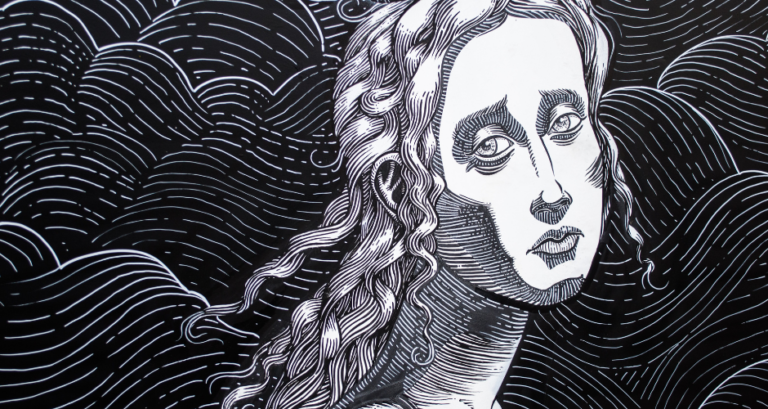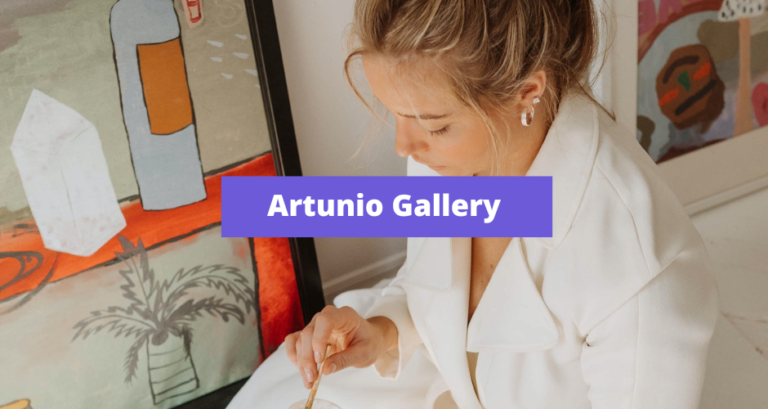If you are reading this blog, you probably already know what problems social media cause to artists and why it is important to solve them. But if not, make sure to read –
Instagram and social media are not suitable for artists.
We discussed this topic with Jason Yap on his podcast: The Background Dancer.
While designing Artunio, we took a deeper look at how social media affects creativity, creative process and artistic freedom. Here’s what we’ve found out:
The formats are restricting and not suited for you
Social networks are created for everyone and therefore for no one. The formats draw the borders of what you can create and post.
The formats of the content you can post on Instagram are basically photos or graphics, short videos in form of stories, reels, videos, and captions – short text for each format.
All formats do not have the same “value”. When you post a reel, you have better algorithm results than a photo. So, for example, if you are a photographer, you are disadvantaged. Instead of posting a photo, you should find a way to translate that into a reel.
So, for example, you can put the same photo into a 30-second video and you would have better results immediately.
Frustration of ever changing formats
The formats are not a static thing. They change constantly because Instagram has to adjust the platform to the growing competition. Reels are basically a TikTok invention.
So, for example, you create a reel that lasts 15 seconds (overall average) because you need that algorithm push. The user that sees your content, has about 15 seconds to get what you want to share. Do you think it is enough?
In most cases, after a few seconds, they swipe away and probably never see your reel again. They go and watch dozens of other reels that are, most of the time, not connected in any way. That is the lifespan of your content that Instagram wants you to create. Why?
You had your 15 seconds. But the collective amount of reels people watch daily from all other reels are counted in millions of hours. Can you hear a loud “KA-CHING!” at Instagram HQ? Or is it just me?
The preferred formats are the same for all users, and this is hugely affecting the way you think about your work and even create art.
Same rules for everybody
“Everybody is a genius. But if you judge a fish by its ability to climb a tree, it will live its whole life believing that it is stupid.” (Albert Einstein)
Same as: “If you judge artists by their ability to beat the algorithm and by the numbers of their followers, they will live their whole life believing they are worthless.”
The formats are restricting, changing the way art is perceived and even changing the way you see yourself as an artist. For example, there are many photographers that started to create more vertical photos, so they would fit Instagram. Isn’t that just weird?
Do you think it does not concern you?
And it is not only affecting photographers, as many people wrongly assume. Musicians started to create short flawless 15 to 60-second short clips (after uncountable takes) to fit Instagram and get more views, exposure. Those flawless videos may be unattainable for a long period of time and are time consuming.
Some even say that they are “losing the essence of music interaction.” I am not even mentioning Instagram content creators, where attractive girls in their cosplay costumes are more important than the actual music.
What about artists and their future?
This is just the first decade of social media and we can already see the negative effects in many areas. We have to think about how it will affect future artists and future emerging artists.
They start to see this as the norm, as the status quo. They would say to themselves: “I have to do art this way, because that is how it is done, right?“
I am thankful for artists that speak about these issues. They are the foundation building stones of the change. Just like this great video from a guitarist Jack Gardiner:







